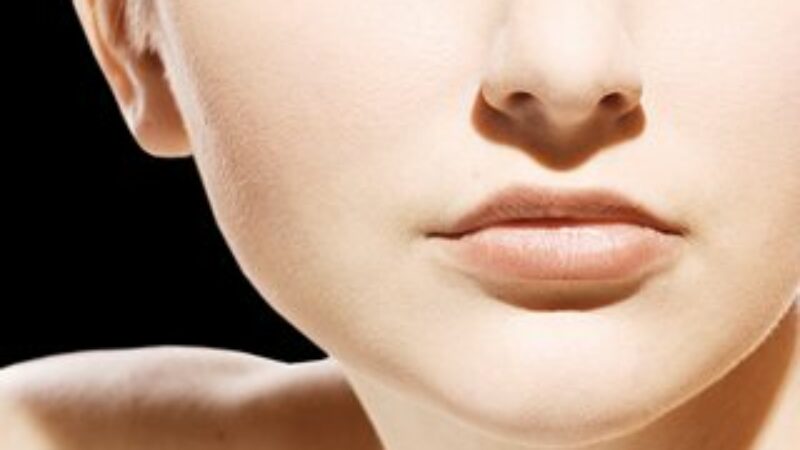In recent developments, the US Food and Drug Administration (FDA) has launched an inquiry into the safety of botulinum toxin products, leaving us asking, “Is Botox worth the risk?” This investigation was prompted by reports of severe adverse events, such as breathing difficulties and fatalities, associated with the use of both Botox and a competing product, Myobloc. Notably, a fraction of these incidents involved children with cerebral palsy undergoing treatment for muscle spasms—a use not approved by regulatory authorities.
Understanding Botox: Beyond Cosmetic Enhancement
Botox, recognized widely for its cosmetic applications, primarily serves as an injectable treatment aimed at temporarily eliminating wrinkles for a span of three to four months. Its mechanism involves the inhibition of overactive nerve impulses, leading to a reduction in muscle activity. Allergan, the pharmaceutical company behind Botox, asserts that the adverse events currently under FDA scrutiny occurred in patients subjected to aggressive, high-dose neuromuscular treatments rather than routine cosmetic applications.
It’s intriguing to observe that despite the FDA’s announcement triggering a 6% dip in Allergan’s stock, the company has since witnessed a rebound. Analysts concur that this regulatory development is unlikely to exert a lasting influence on Allergan’s share prices, raising questions about the perceived risks and benefits associated with Botox usage.
Unpacking the Risk-Benefit Equation
The core question arising from the FDA inquiry revolves around whether the benefits of Botox outweigh the potential risks, especially in the context of both cosmetic and off-label medical applications. While the cosmetic allure of wrinkle reduction has fueled Botox’s widespread adoption, the recent incidents prompt a reevaluation of its safety profile.
Cosmetic Use: Balancing Aesthetic Gains and Safety
In the realm of cosmetic procedures, Botox has emerged as a go-to solution for individuals seeking a non-invasive method to combat aging signs. The temporary nature of its effects aligns with the preferences of many users, providing an attractive alternative to more permanent interventions. However, the FDA inquiry casts a shadow, necessitating a critical examination of the risks involved.
Off-Label Usage in Medical Treatments
The FDA’s focus on adverse events in children with cerebral palsy undergoing unapproved muscle spasm treatments raises broader concerns about off-label usage. The medical community and patients alike must grapple with the balance between potential therapeutic benefits and the associated risks when deviating from approved indications.
Navigating the Future: Considerations and Insights
As the FDA delves into the safety of botulinum toxin products, including Botox, users and practitioners are urged to stay informed. It becomes imperative to weigh the transient cosmetic advantages against the potential hazards, particularly in scenarios where off-label applications come into play.
In conclusion, the ongoing scrutiny by the FDA opens a dialogue on the safety landscape of Botox. Whether for cosmetic enhancement or off-label medical applications, a nuanced assessment of benefits and risks is essential. As stakeholders await further developments, informed decision-making remains pivotal in navigating the evolving narrative surrounding Botox and its perceived worth in the face of potential risks.




Mavbe it’s just because I am older and I’ve lived through the birth control pill fiasco (initial dosages when introduced were at least 4x higher than today) and yep, I took them. Then the Dalkon shield fiasco (and yep, I had one nearly take out my insides.) Then the silicon boob job fiasco (thank goodness I sat THAT one out.) None of those were tested over time before launching…so the first users were basically the guinea pigs.
I wonder if, 10 years from now, we will recognize that the first Botox users were REALLY the test market….?